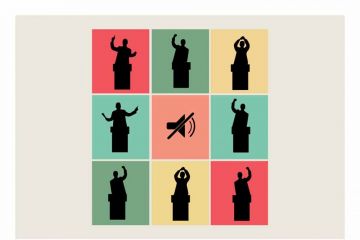
In The Ivory Throne: Chronicles of the House of Travancore,
(Harper Collins India, 2015) Manu S. Pillai tries to write accessible history
as well reclaim the reputation of one of British India’s most remarkable
rulers, Maharani Sethu Lakshmi Bayi who ruled the erstwhile princely state of
Travancore as regent. There is always a narrative tension between these
differing tasks of the historian, but Pillai manages it quite well, easily
switching back and forth between historical narrative and





